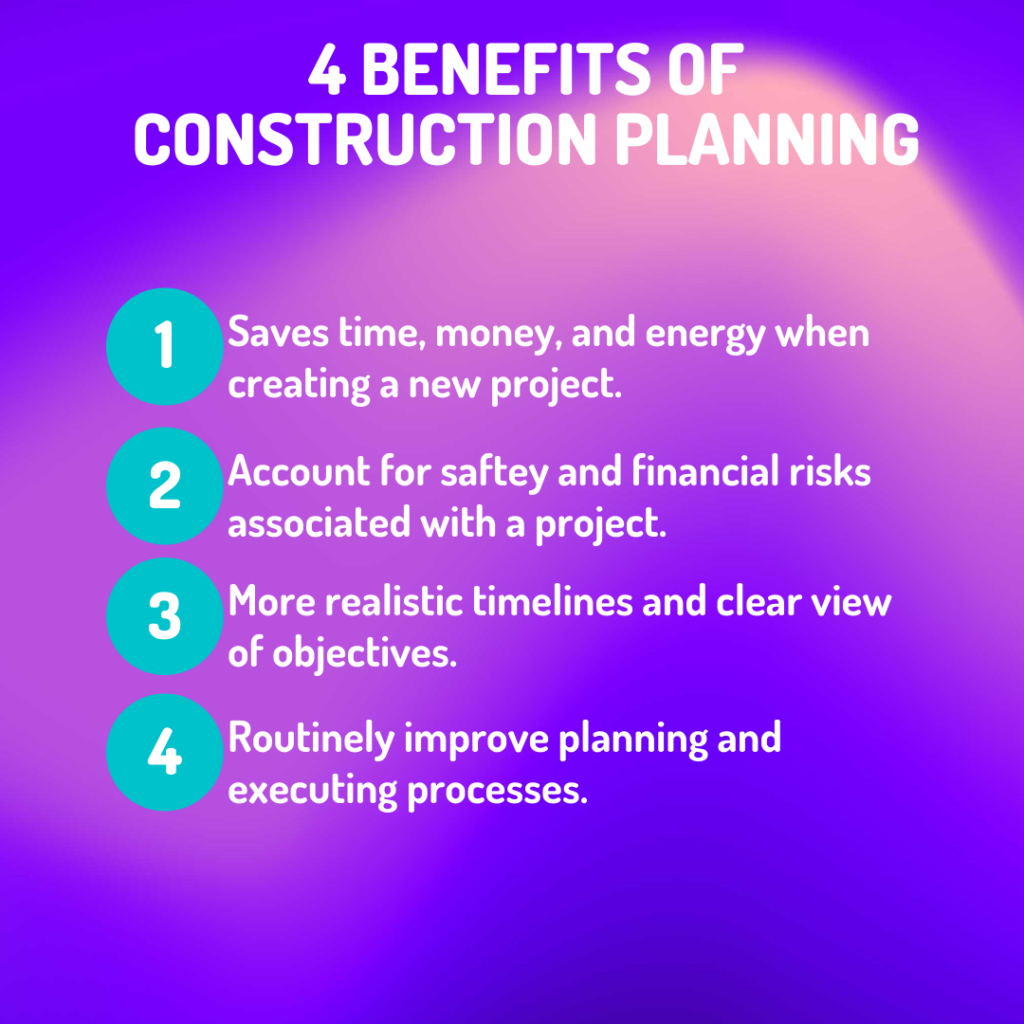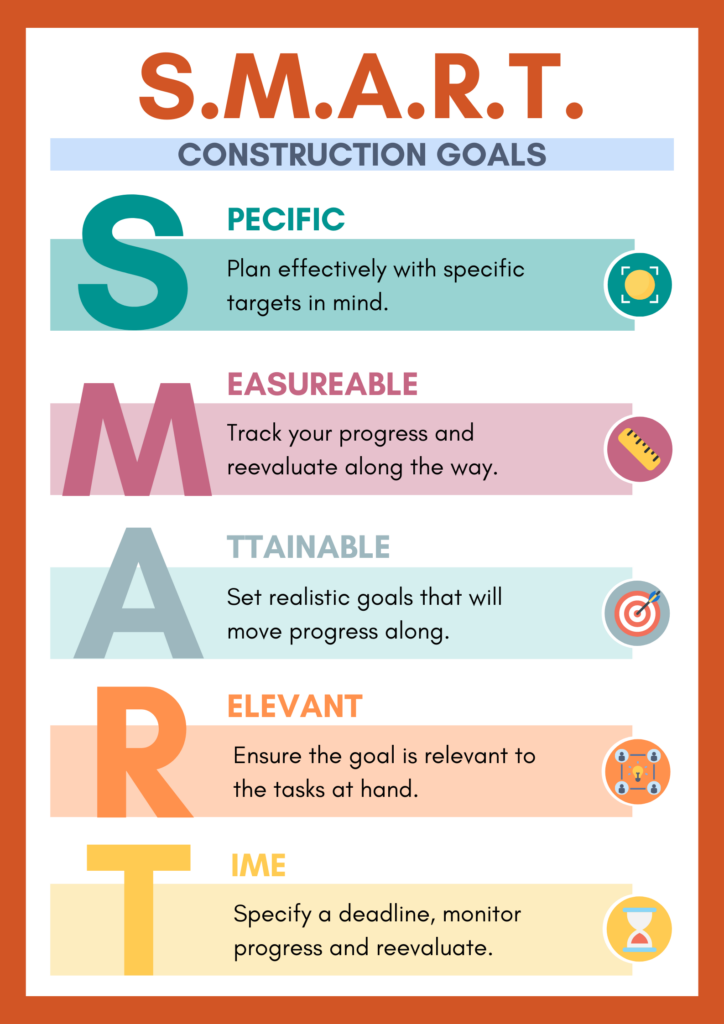Need a Jobsite trailer to plan your construction? 360MobileOffice has you covered! Find out here!
Construction planning is the process of designing and developing a guideline for a construction project. This process is broken down step by step to create measurable goals and key milestones. It should include details such as resources, costs, and a schedule of duties to be completed. A construction plan should be the road map that guides the contractor, the client, and anyone who works on the project.
The construction project manager completes the construction plan. This plan is then reviewed, modified, and implemented as the guide for the construction project. Usually, the more detailed a construction plan, the better results during the construction process. Your team will benefit from better direction for the project. Many companies will use construction planning software to help them identify the key details and stay on track. Additionally, many projects require a dedicated construction manager to handle the project from start to finish.

Types of Construction Planning
Construction planning can be broken down into different types depending on the project scope. It is not uncommon for a construction project manager to complete multiple types of construction planning.
Business Planning
A business construction plan will include the costs of completing the project and some details about how to complete the project. This plan should include a bid for the project along with a contract that the client must sign if they want to move forward with that contractor.
Strategic Planning
Strategic planning is when the project manager works in tandem with the client and corporate partners to make sure they have the full scope of how the space is to be functioned and used. The project manager will take this information and create a construction plan to serve both the needs of the users and financial backers.
Operational Planning
Arguably the most important, operationally planning is the construction plan created with actionable steps on how a project will be completed. This can account for things such as schedule, resources, manpower, budget, and a sequence of events to follow.
Resource Planning
This is the construction plan for all the required materials, personnel, and equipment needed to complete a project. Resource planning is one of the most valuable tools a contractor can have to save money and time. Importantly, resource planning will map out how manpower, materials, and equipment (such as backhoe or storage container) will be scheduled to maximize time. A good resource plan can help contractors struggling to find people during specific periods of construction.
Safety Planning
A safety plan will describe the protocols to keep workers safe while on the job. This may identify harmful substances the worker will be around or what to do in case of an emergency. It can include emergency contact information, personal protective equipment, and job site codes. A safety plan is important because it helps protect everyone on the job site.
With these plans, you may want to include some drawings as well. Here’s a detailed list of construction drawings that be useful for your construction planning.
The 5 Steps of Construction Planning
Here are the general 5 steps of construction planning most companies follow:
1. Project Initiation Document (PID)
The first step for most construction project managers is to complete a PID. The project initiation document will help you plan out the details of:
Manpower:
How many people will it take to complete this project?
Materials:
What materials/equipment is needed for this construction project.
Cost:
What is the overall cost for this project? That includes the cost of manpower and materials.
Scope:
How big is this project, and what are the expectations of the project?
Management of the Project:
Who will oversee the different portions of the project?
This document will be an estimate of these specific items. You may include a general schedule and timeline of events. The Digital Project Manager has a great write-up on PIDs and gives even more examples on how to create one.
Avoid: Overestimating Abilities / Underestimating Resources
It can be easy during the process to want to be optimistic as possible. After all, you’re trying to sell yourself as the best solution. Do you know what clients love more? Promises made and kept! Don’t tamp down the cost just because you think it will seal the deal. Give a fair assessment to your clients. It will help establish trust between you and the client.
2. Create an Initial Plan Using S.M.A.R.T. Goals
The PID is the starting point. From there, you’ll want to create an initial plan that uses those estimates in the PID and turns them into concrete and actionable details. This is the actual plan that you will be following throughout the entire construction process. It may change after meeting with stakeholders, but this plan will have the details to keep everyone informed during the building process. According to Software Advice, you’ll want to create this document with S.M.A.R.T. Goals.

Avoid: Not Setting Clear Objectives / Underestimating Costs / Not Including risk Assessment
Construction projects can derail quickly if clear objectives aren’t set or clear. Furthermore, staying on schedule is also a matter of staying on budget. When projects extend, you can lose money. Also, during your final construction planning draft, consider risk factors such as weather or other conditions. Remember, you can never fully predict what may happen on a job site.
3. Attain Approval from Stakeholders and Meet with the Team
Next, you’ll want to meet with the stakeholders or client and get approval on the construction plan. With approval, meet with your team and establish clear guidelines along with manager roles and responsibilities. From there, you can get to work.
Avoid: Unclear Scope of project / Unclear Stakeholder Buy-in
You want to set a clear scope of work and how the project is to be completed. This should be explicitly stated when you meet with stakeholders. It’s better to go back to reworking the construction plan than dealing with clients who aren’t pleased. Everyone needs to be committed to one goal and one vision.
4. Start Your Build and Track Your Progress
Now that you’ve identified milestones and key markers, you can track your progress throughout the build. You can track department performance and identify roadblocks before they happen. You’ll want to make sure:
- Objectives are being met.
- Managers are performing their duties.
- Clients are informed of progression updates.
- Timetables are adjusted if obstacles occur.
- Ensure quality throughout the entire project through routine oversight.
Tracking your progress helps you stay on task, improve your services, and help put your client at ease about the building process.
5. Evaluate the Project
Once the project is complete, you’ll want to meet with the client and your team about the project. Review the governing construction plan and identify where you had success and where you did not. From there, you can learn, adapt, and better apply your services to the next job.
We hope this article is helpful for you! If you are in the market for a job site trailer we can help! Just fill out our form and we’ll contact you about high-quality suppliers in your area.
Check out our other guides:
Construction Trailers: Features, Pricing, Uses, and Benefits.
